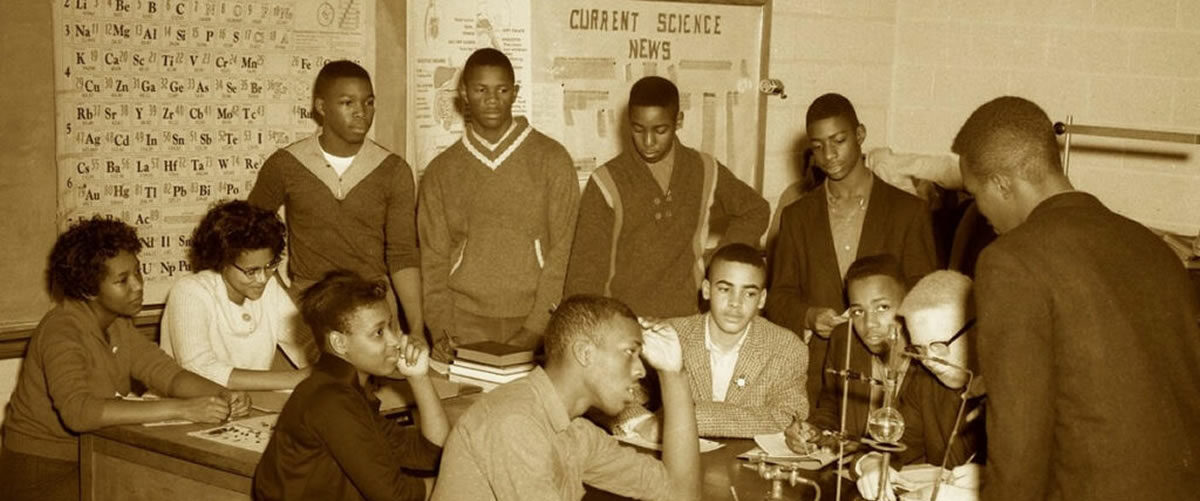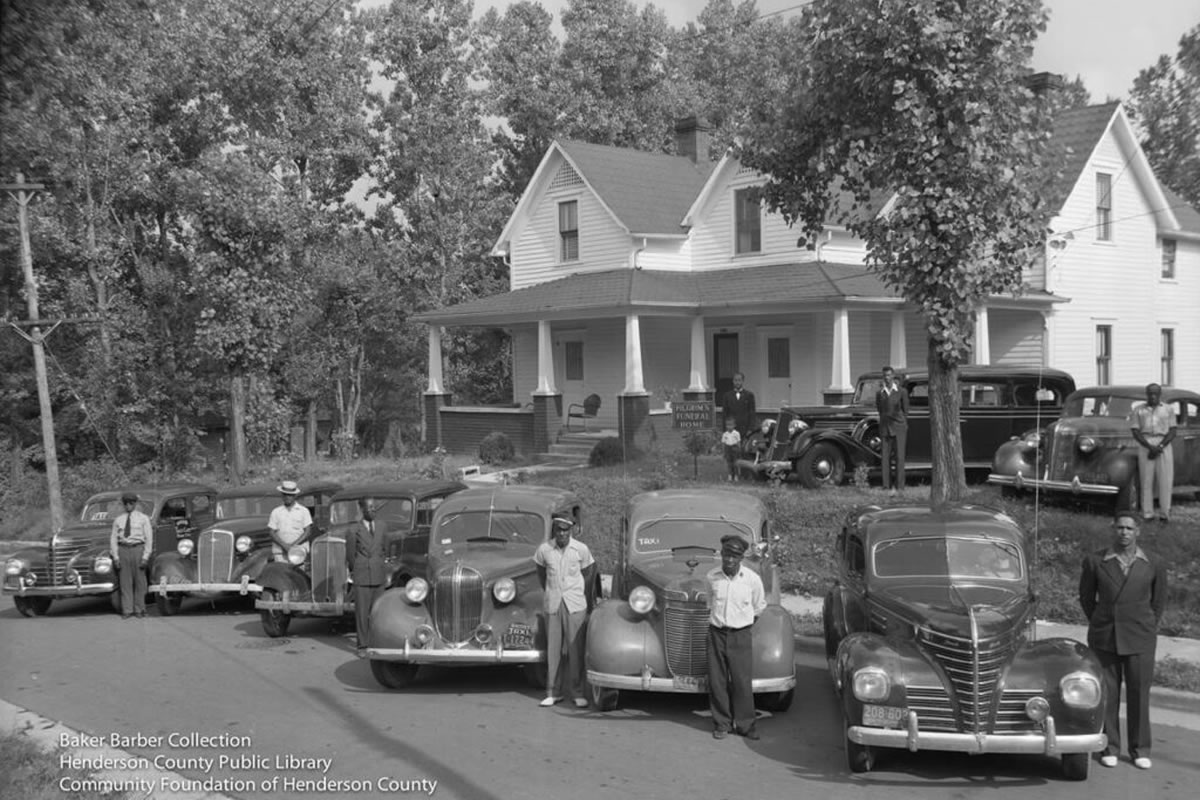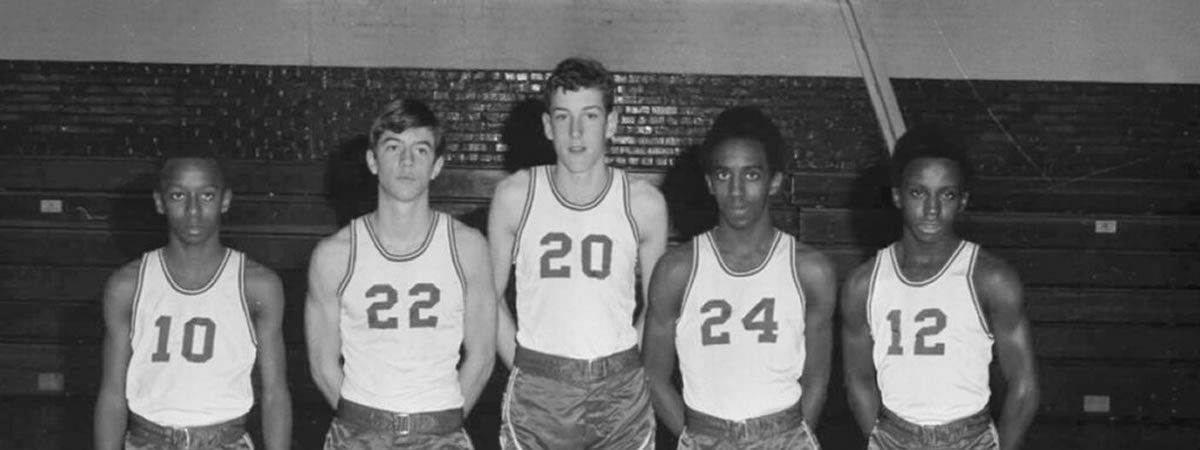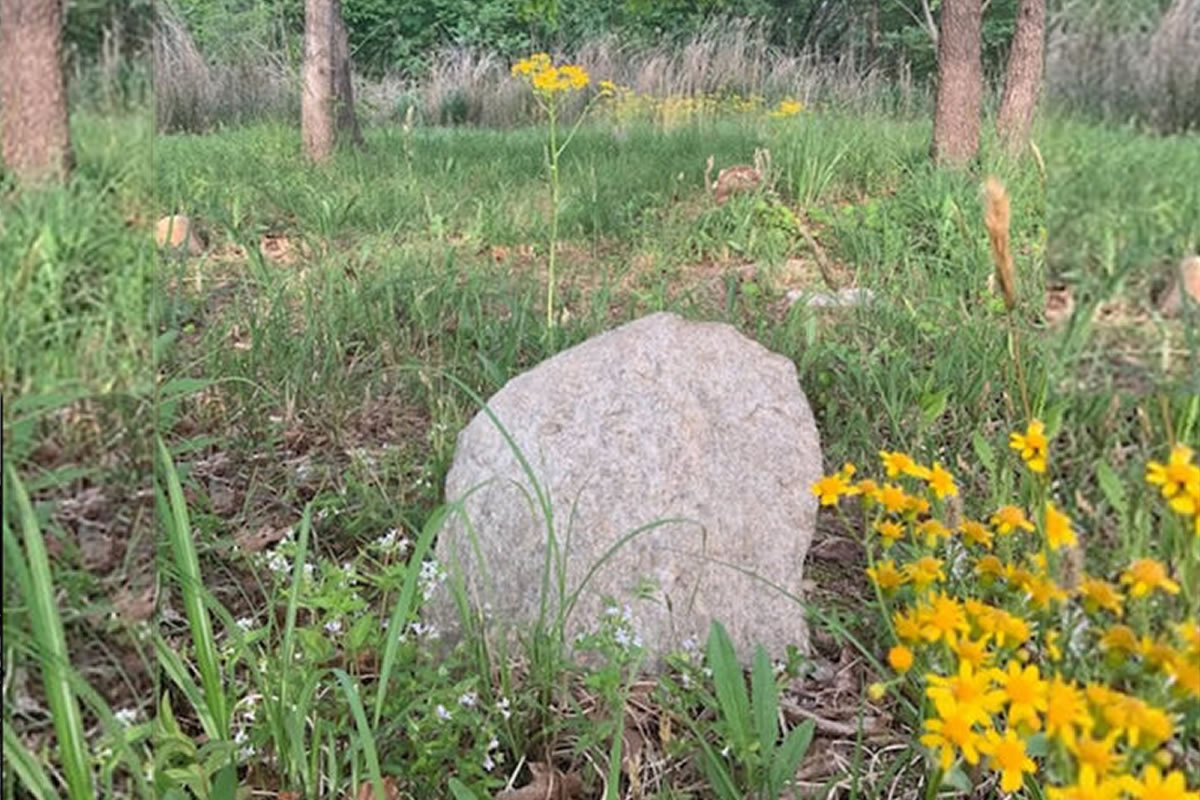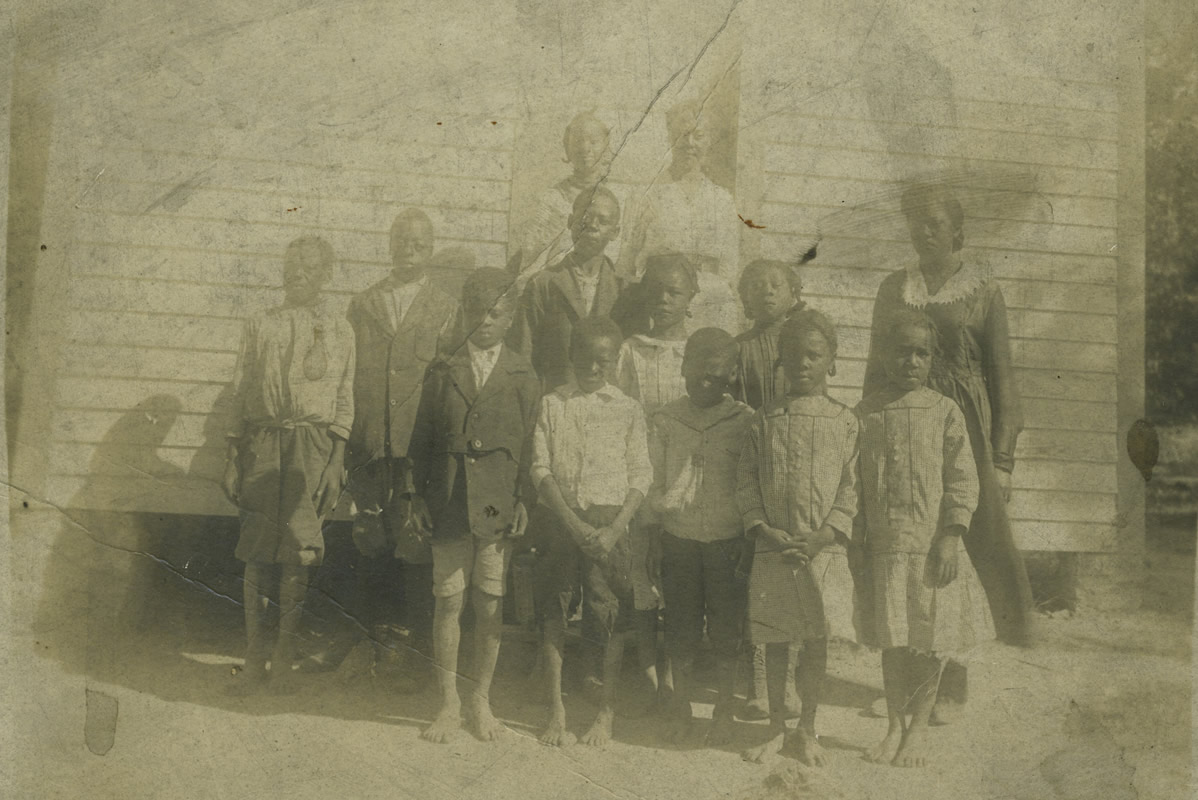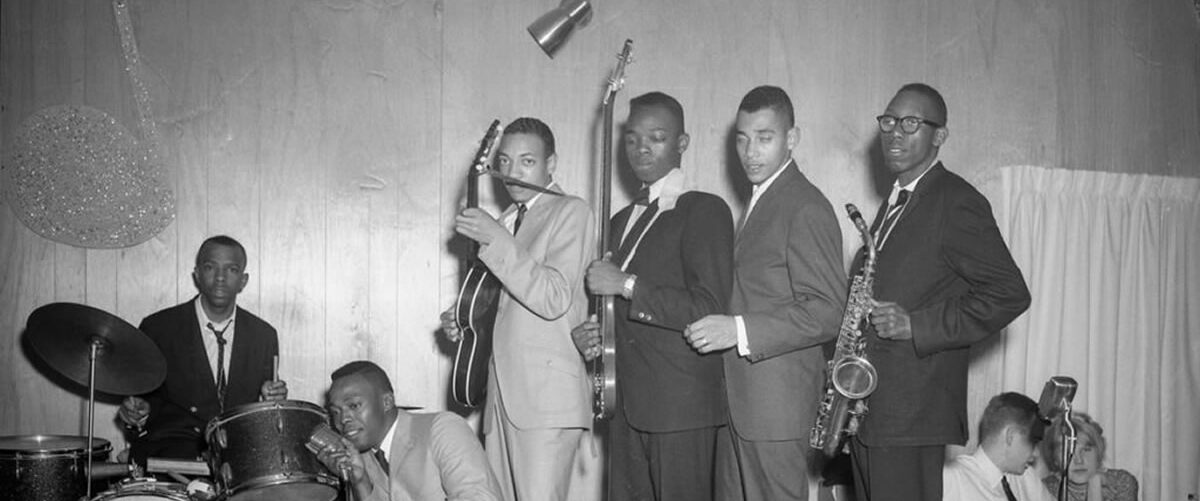Mill Pond and Free Blacks
Mill Pond and Free Blacks Some black residents who are having difficulties tracing their family to the period before the Civil War have speculated their ancestors may have been free and not slaves. Legends and stories have been passed down for generations that there were …

